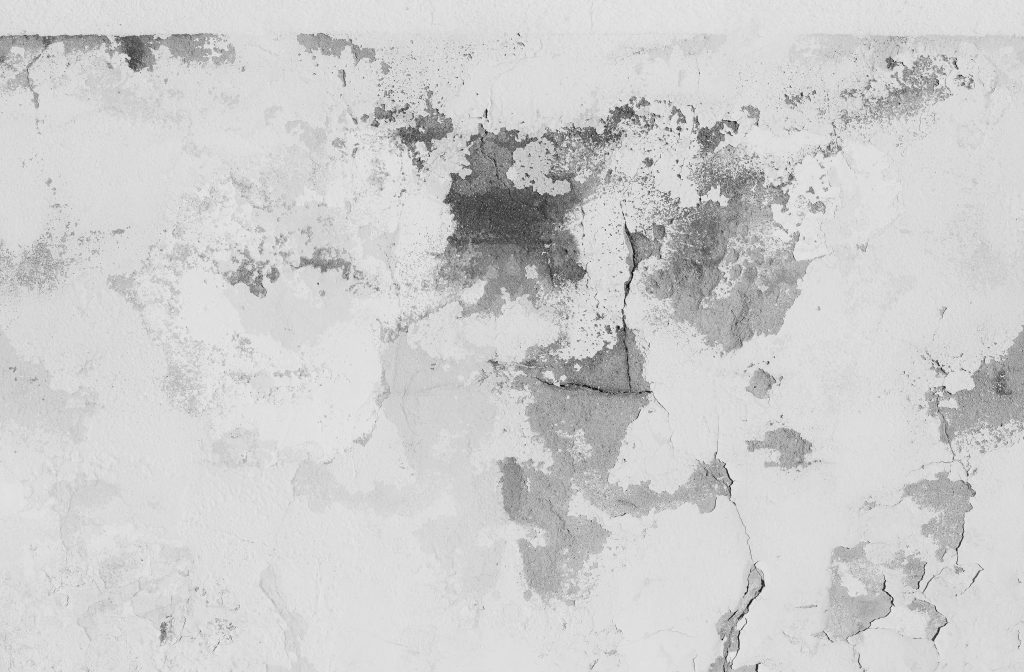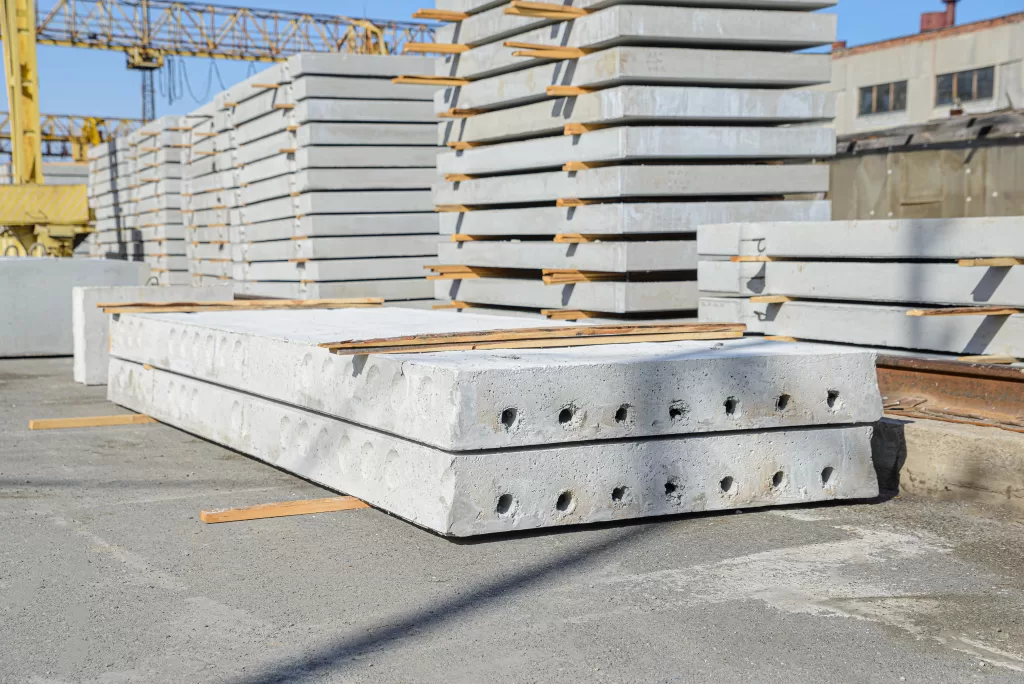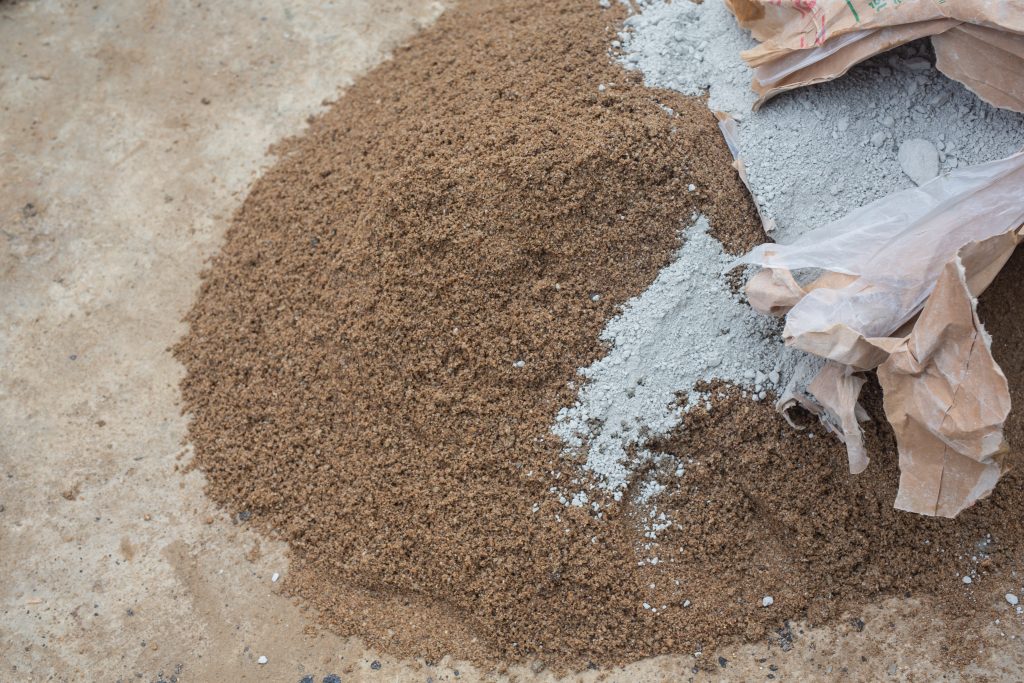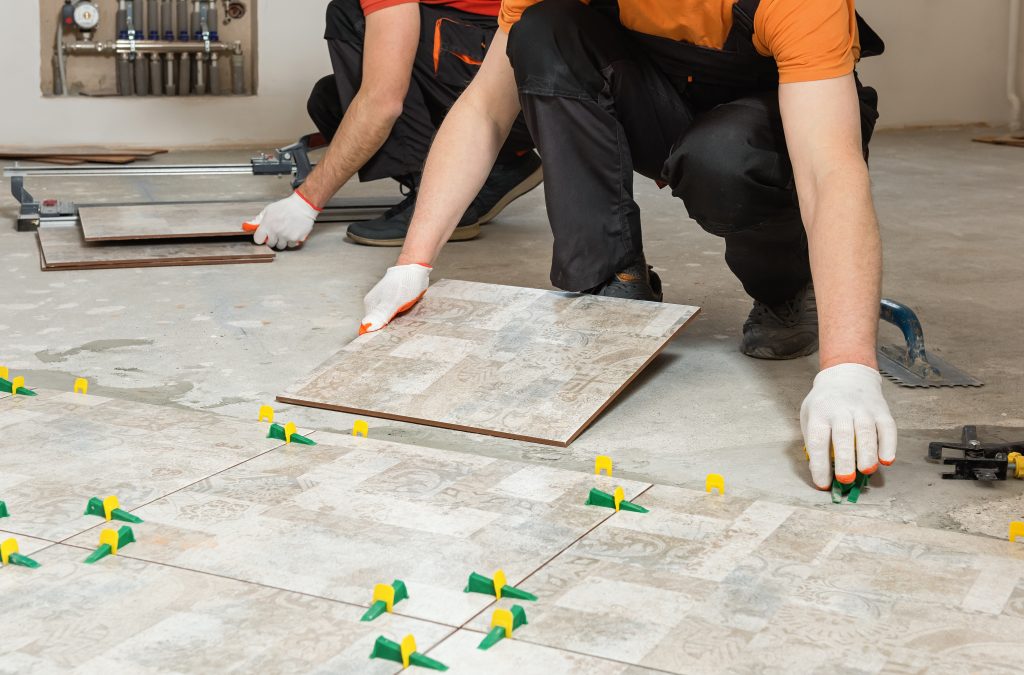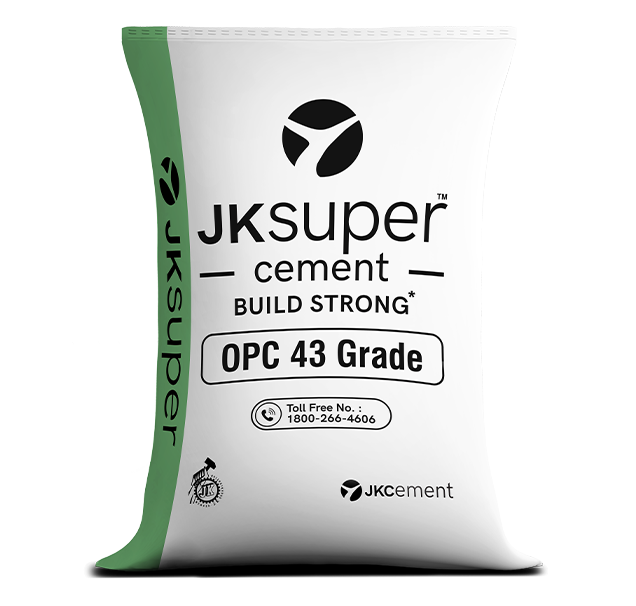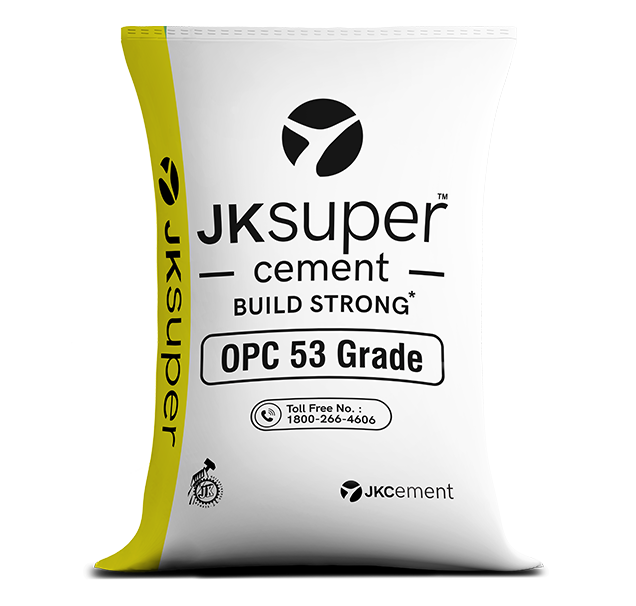Persistent water leaks within your walls can pose a substantial risk, leading to structural damage, mould growth, and compromised indoor air quality. To avoid these issues and maintain the longevity of the living space, you must prevent and address water leaks effectively. Continue reading to learn more about the ways to stop water leaks in walls and foster a healthier living environment.
Understanding the Causes of Water Leaks in Walls
Understanding the factors that cause water leaks is important if you want to successfully mitigate and prevent leaks. Here’s a list for your reference:
Faulty roofing:
Damaged or improperly installed roofing materials can cause water to seep into the walls during monsoon.
Foundation cracks:
Cracked foundations often provide a pathway for groundwater water to potentially enter walls. Also, over time, shifting or soil settlement can lead to foundation cracks.
Poorly sealed windows or doors:
Windows and doors that are inadequately sealed permit water infiltration, especially during heavy rainfall or storms.
Leaking pipes:
Plumbing issues, like leaking pipes or faulty connections, often invite water into the walls. With time, this can lead to structural damage and mould growth.
Cracks in walls:
Structural cracks in walls, whether due to settling or other factors, serve as direct entry points for water.
Condensation:
Excessive condensation, typically caused by poor ventilation, may result in water accumulation on walls and possible leaks.
Landscaping issues:
Poorly graded landscaping sometimes directs water toward the foundation. This eventually contributes to water leaks in walls.
Faulty flashing:
Improper or damaged flashing around windows, doors, or other openings can fail to prevent water intrusion.
Signs of Water Leaks in Walls
Before understanding the ways to stop water leaks in walls, you must learn how to detect water leaks in the early stages. Here are some signs to watch out for:
Discolouration or stains:
Water leaks often result in visible discolouration or stains on walls, indicating the presence of moisture.
Bubbling paint or peeling:
Moisture behind walls can cause paint to peel or bubble, disrupting the wall surface.
Musty odour:
A lingering musty or mouldy odour in a room may indicate hidden water leaks, especially if accompanied by other signs.
Visible mould growth:
Visible mould growth on walls is a clear sign of water infiltration, as mould thrives in damp environments.
Softened or warped drywall:
Water-damaged drywall becomes softened or warped, altering the texture and integrity of the wall.
Deteriorating wallpapers:
If you have wallpapers that are peeling, warping, or showing signs of deterioration, you might want to check your walls for leaks.
Efflorescence:
White, chalky deposits on walls (efflorescence) can indicate water penetration, often seen in basements or on exterior walls.
Wall cracks:
Water leaks can lead to the development of cracks in walls, which may hint towards damage caused by prolonged exposure to moisture.
Rust or corrosion on metal objects:
Water leaks can lead to rust or corrosion on metal elements within walls, like nails, screws, or metal studs.
Visible water stains on ceilings:
Water leaks from upper floors can manifest as visible stains on ceilings, signalling possible issues within the walls.
Steps to Stop Water Leaks in Walls
Here are some steps you can follow to prevent water leaks in your walls:
-
- Begin by conducting a meticulous inspection of walls to identify the source and extent of water leaks. Look for stains, discolouration, or damp areas.
- Based on the inspection findings, select appropriate solutions tailored to the type of leak.
- Strengthen existing waterproofing measures by applying waterproof coatings or membranes to vulnerable areas. This adds an extra layer of protection against water penetration.
- Address damaged components contributing to the leaks, such as faulty plumbing, roof issues, or damaged seals around windows and doors. Repair or replace as needed.
- If the leaks persist or are challenging to resolve, seek professional consultation. Reach out to plumbers, roofers, or water damage restoration experts to assess and implement specialized solutions for a lasting fix.
- Begin by conducting a meticulous inspection of walls to identify the source and extent of water leaks. Look for stains, discolouration, or damp areas.
Troubleshooting Methods for Different Types of Water Leaks
To prevent water leaks, you must address them promptly. Here’s how you can troubleshoot common water leaks:
Plumbing leaks
Check for water stains, dampness, or unusual sounds near plumbing fixtures. Inspect pipes for visible leaks or tighten connections. If you find issues, replace damaged components. You can use pipe sealants for minor leaks.
Roof leaks
Look for water stains on ceilings, discolouration, or peeling paint. Inspect the roof for damaged shingles, gaps, or missing tiles. If you spot any of these, repair or replace damaged roofing materials and ensure proper flashing.
Window leaks
Check for water stains or dampness around window frames. You can then seal gaps with weather stripping or caulk. Ensure proper drainage channels and replace damaged seals.
Appliance leaks
Inspect appliances for water pooling, dampness, or unusual sounds. Examine hoses, connections, and water supply lines. Replace damaged components, tighten connections, and ensure proper drainage.
Foundation leaks
Look for dampness, efflorescence, or cracks in the foundation. Consider sealing the foundation cracks with epoxy or polyurethane injections. Improve drainage around the foundation and waterproof basement walls.
Exterior wall leaks
Look for discolouration, stains, or peeling paint on exterior walls. Check for gaps in siding, damaged seals, or cracks. Close the gaps with caulking, replace damaged materials, and ensure proper waterproofing.
Bathroom leaks
Spot water stains, dampness, or unusual odours in bathrooms. Check caulking around fixtures, inspect pipes for leaks, and ensure proper ventilation. Repair or replace damaged components.
Ceiling leaks
Check for water stains, sagging, or peeling paint on ceilings. Inspect the roof, plumbing, and HVAC (Heating, Ventilation, and Air Conditioning) systems for leaks. Repair or replace damaged components and ensure proper insulation.
Safeguard your walls from leaks and potential damage. Choose a reliable cement company like JK Cement and choose from a wide range of water resistant cement for your construction needs.
FAQs
What is the best way to seal a leaking wall?
One of the best ways to stop water leaks in walls is to use waterproof sealant or epoxy for a durable and effective solution.
How do you waterproof a leaking wall?
Applying leakage-resistant cement on the wall helps form a protective barrier against water infiltration for waterproofing.
What chemical is used for water leakage?
Polyurethane-based sealants are commonly used for water leakage solutions in construction projects.
What should I do if I notice water leaks in my walls?
Promptly identify the source, address visible issues, and seek professional help if needed.
Can I fix water leaks in the walls myself, or should I hire a professional?
For smaller issues, a Do-It-Yourself (DIY) approach may work. However, for extensive leaks, consult professionals for effective and lasting solutions.
